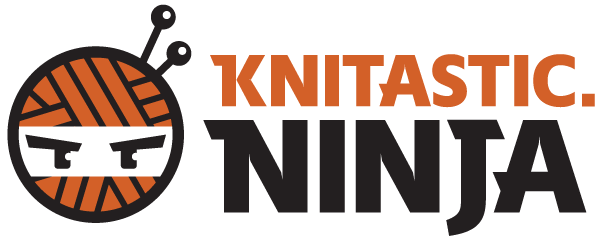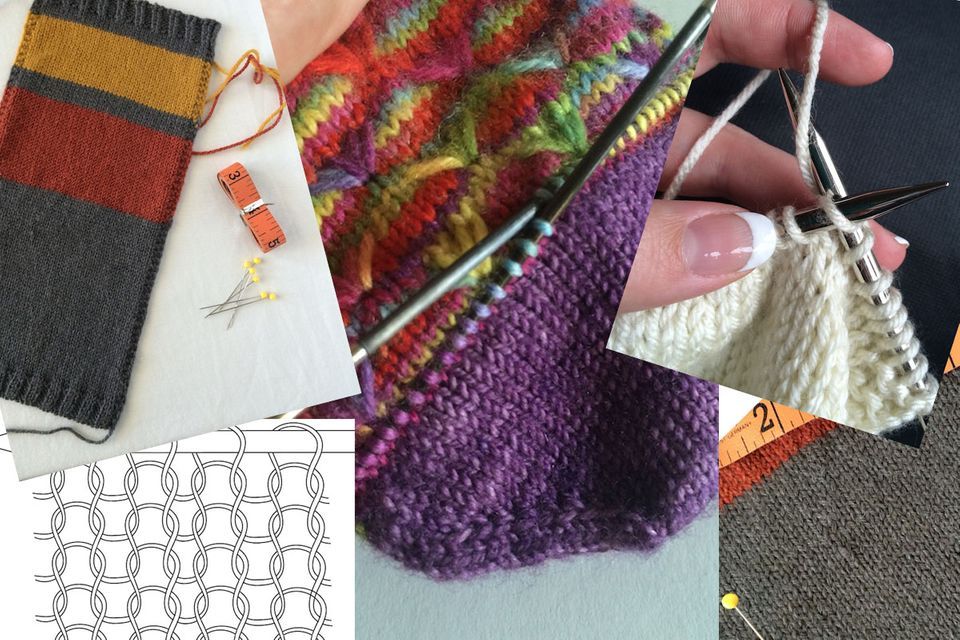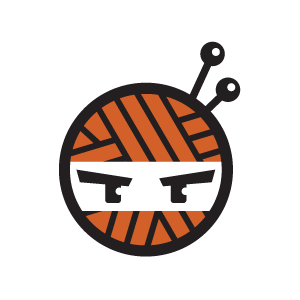comprehension (noun): ability to understand;
knowledge gained by comprehending.
-merriam-webster dictionary
My favorite part of this definition is the second part "knowledge gained by comprehending." This isn't knowing how to do something by memorizing the steps or a formula. This is knowledge THROUGH comprehending; understanding the why behind facts. It means you "get it" you're not just parroting.
Remember in school when you could bring a card with formulas written on it for a test. Some people had the thing crammed with so many numbers and formulas you wondered if they would spend the whole time looking for the formula they needed. Others only had a few. What the teacher knew and was really testing was not whether you could memorize a formula and input numbers but if you understood WHEN to use each and how they worked together. Tricky huh?! Knowledge can be used; knowledge becomes part of you the way a memorized fact never is.
I have discovered that if I want to "get it" I have to understand the information at it's most basic and then other concepts become obvious. More complex information doesn't need to be memorized because I understand the foundation and these facts are dominos lined up before me. Simply follow the logic.
As you can tell I get a little passionate when it comes to learning and understanding the reason behind things. So let's get down to why you are here: reading your knitting.
Here are a few fundamental facts and things you absolutely must understand if you want to master reading your knitting.
Knitting is a series of loops that connect with other loops creating a piece of fabric.
It is the way these loops are made and linked together that gives the fabric its properties. So depending on how we want the fabric to look and act there is a proper way to make the loops to create a specific effect or stitch pattern.
Stitch patterns are just different stitches put together in different combinations. We will start by looking at the most basic pattern: stockinette (alternating rows of knits and purls.) Yes stockinette is a stitch pattern as is reverse stockinette. These two just happen to be made up of all one kind of stitch when view from the front of the fabric either all knits or all purls.
The knit stitch should be flat and ordered without any twisting of the loop.
When you make a knit stitch you are entering into the center of the loop and pulling more yarn in to link two chains together. The way we enter the stitch and bring the yarn through creates these flat loops.
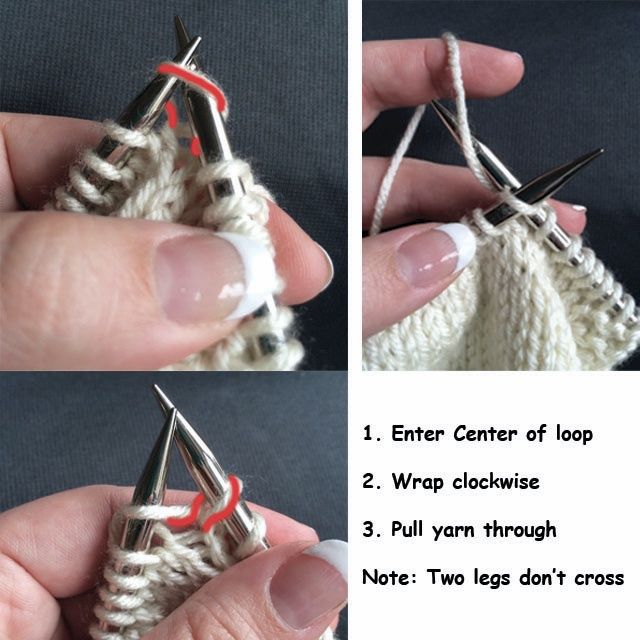
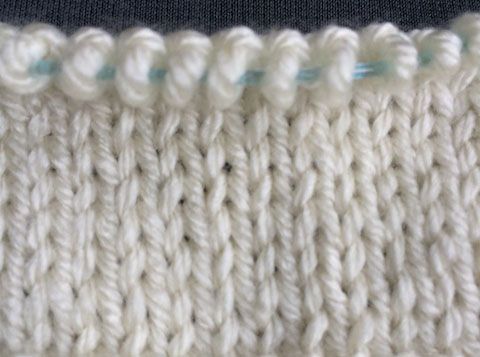
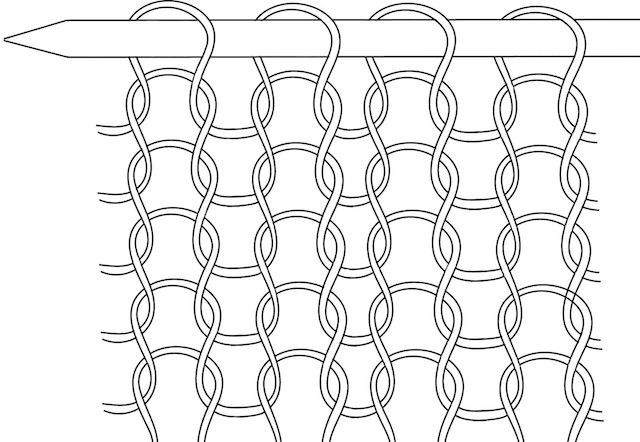
Do you remember playing red rover as a kid...or adult, we don’t judge? Do you see how each loop is "holding hands” with the next loop? This gives strength and stability to each loop. They rely on one another. They share. So when we pull on one stitch the others around it "distort" to accommodate what is happening. (Just an FYI this is why sometimes our edges are wonky we don’t have that extra loop giving strength and stability to the end stitch.)
If we wrap the yarn in a different direction or enter through the back our stitches will not be these neat ordered loops they look more like this. Do you see the difference?
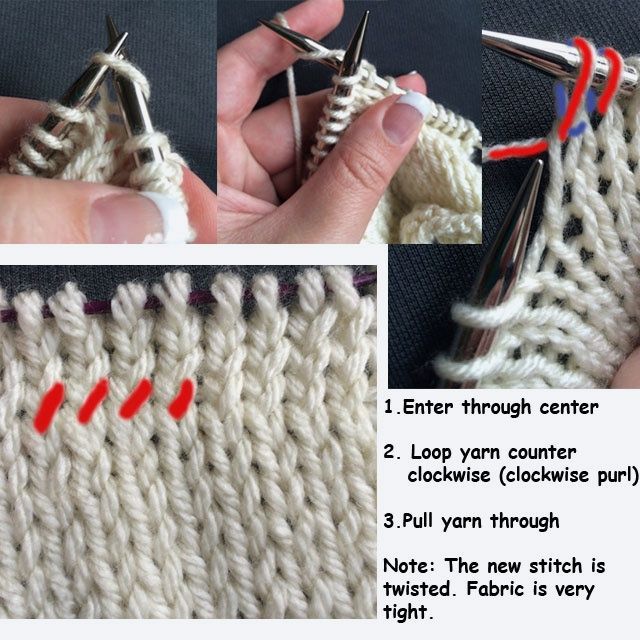
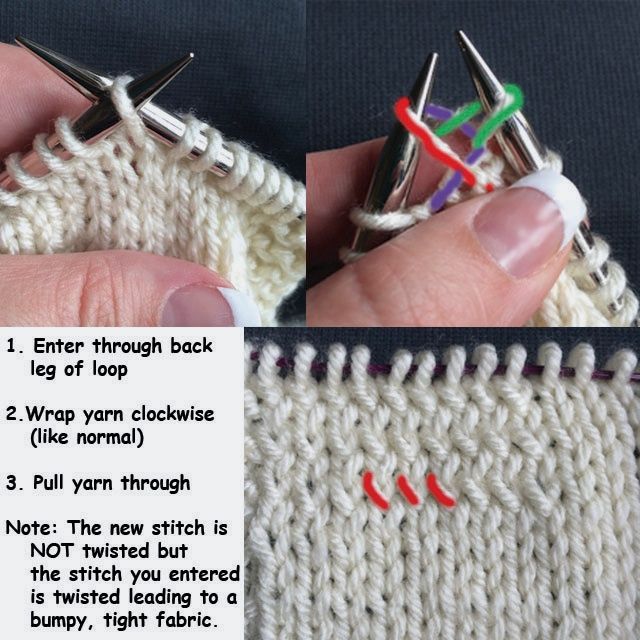
I hear some of you saying, "but a knit stitch looks like a V not a loop." Why do you think that is?
How about a little magic trick? When we link these loops together in rows and stack them in columns, abracadabra, the tops of loops disappear. Now we see Vs. I say "stacked" very deliberately because that is what we are doing. We are putting one loop on top of the other so it covers part of the loop under it, the top of the loop. This stacking is also the cause of the dreaded stockinette curl.
So where do those loops go? Lets look at the back of the fabric. Do you see the little dashes? Those are our missing loop tops. Tada!
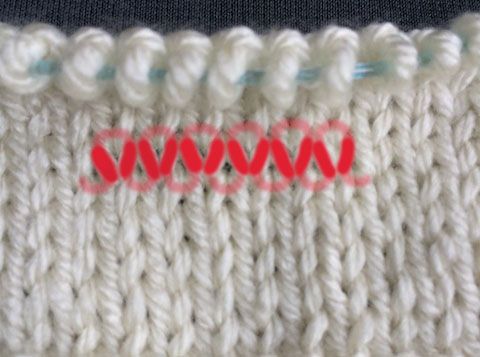
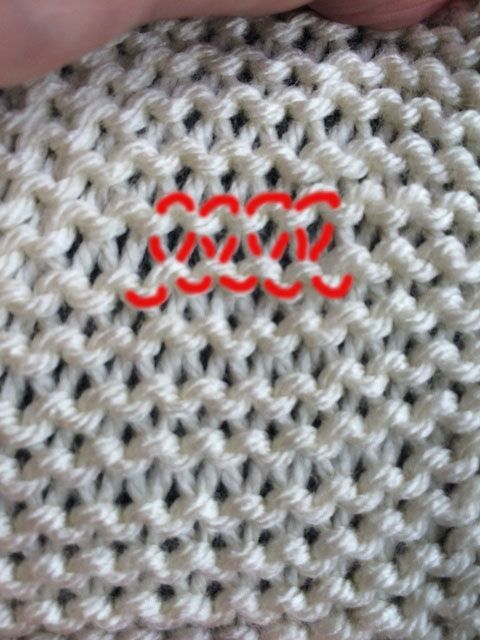
To read the knit stitch we then simply count the Vs. Congratulations you now can read the knit stitch. This gets us half way there so hang with me a bit longer as we talk through the purl stitch.
Even though the purl is not a crowd favorite it is in some ways easier to read. Let's get back to the fundamentals.
The purl stitch is simply making the same loop as the knit stitch but doing it while looking at it from the back.
Think this through with me. Remember that we want our stitch to lie flat so we need to be sure that the loop isn't twisted. On the needle we are presented with a loop. We want to turn that into a knit stitch that we are then seeing from the back so we put our needle into the loop through the leg closest to us. Do you see how we still are entering through the center of the loop. Now we wrap the yarn and bring it through the loop. We have caught the top of the loop below and brought it "behind" the loop we just created. Or put another way, the purl is the back of a knit stitch so we are bring the loop from the row below to the front of the loop we are making which creates a collar of sorts; our purl stitch.
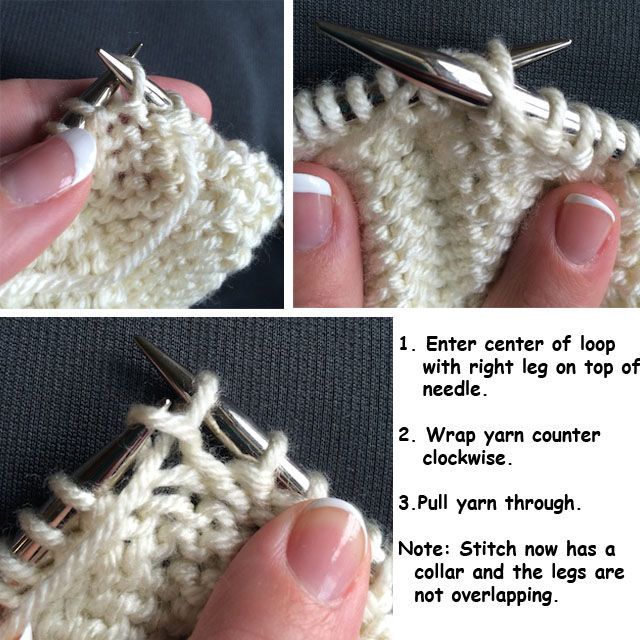
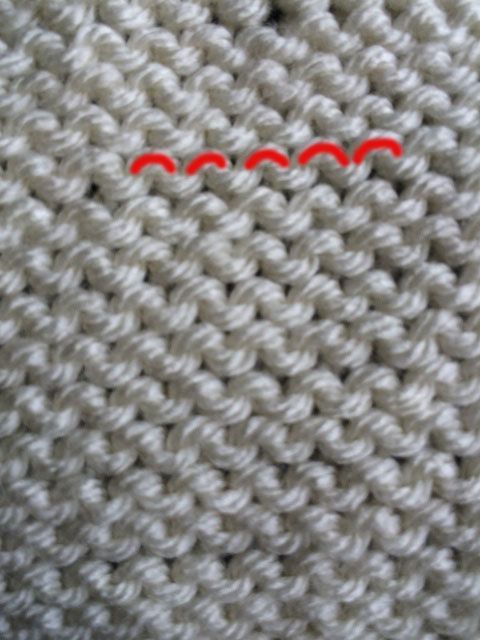
So now comes the comprehension part. How do we use this knowledge? Here are a few examples.
- Fix mistakes. "What did I do wrong?" moments.
- Weave in ends without them showing on the reverse side or compromising stretch
- Decorative effects i.e. duplicate stitch (which can also simplify color work)
- Know where we are in our knitting especially in reference to our patterns (did you already count that row? Read your knitting and see.)
- Let’s not forget being able to read a gauge swatch so that we can make things that fit.
But our real destination is to improve our knitting, right? How does this help with that?
When you know these basics of reading your knitting you can not only do the above but you can understand things a bit more complex. You understand how these loops work together to create all the effects for good or ill that you witness in your knitting. You can use the knowledge to get these little loops to work together FOR YOU to make your knitting look and behave the way you want it to. And that is our knitting nirvana; creating what is in our minds when we see those must have objects from the latest magazine or pattern.
Cheers and happy reading!
The Knitastic Ninja
